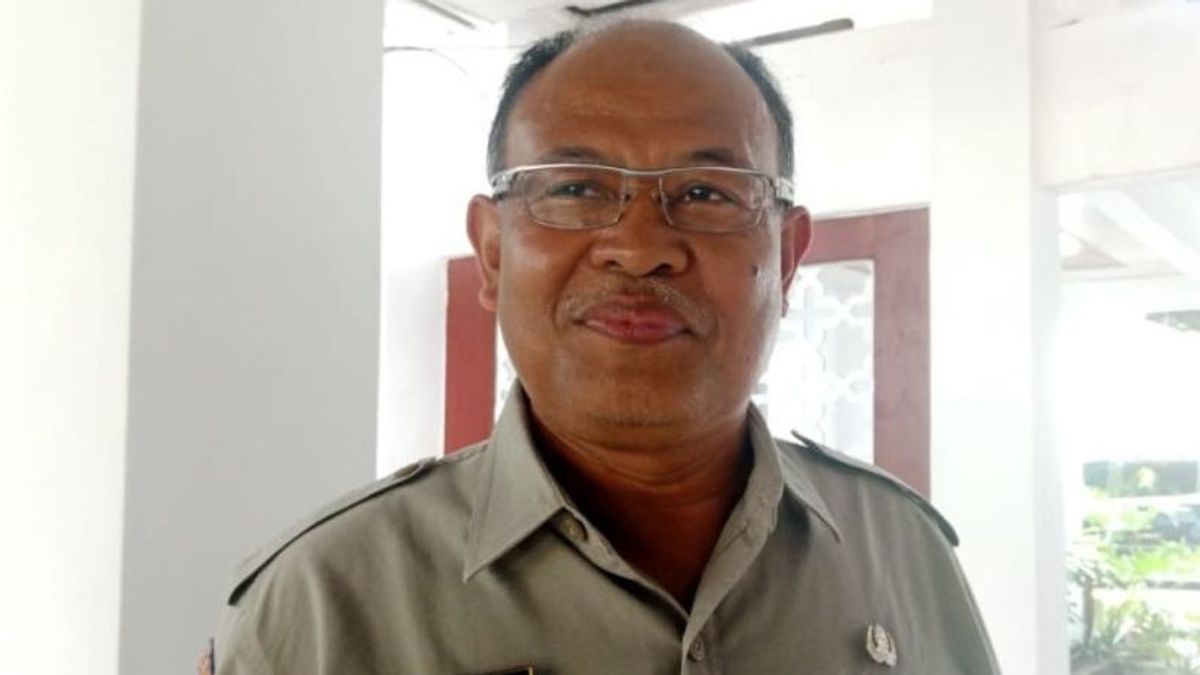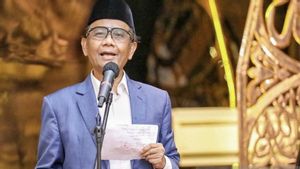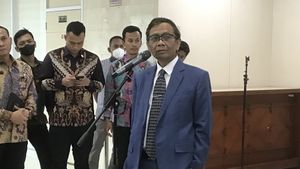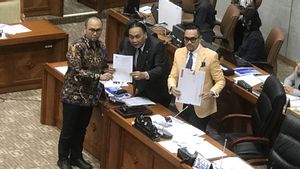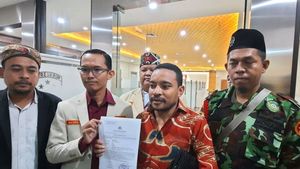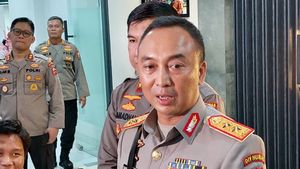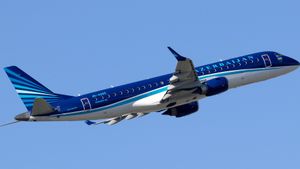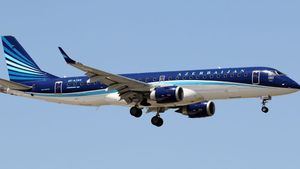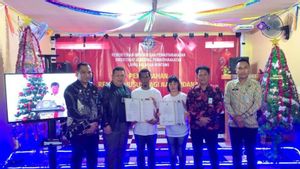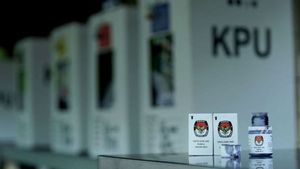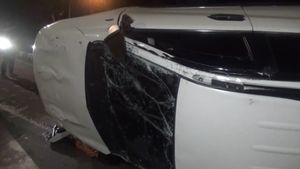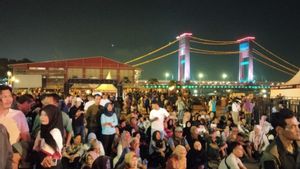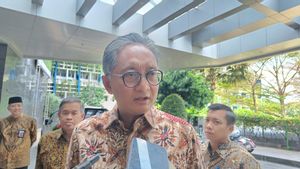The West Nusa Tenggara Regional Disaster Management Agency (BPBD) has prepared a weather modification technology (TMC) plan or artificial rain to anticipate prolonged drought due to the impact of El Nino.
Head of BPBD NTB Ahmadi said the artificial rain plan was related to preparedness for drought, forest and land fires in NTB.
"This year we will experience extreme El Nino, meaning that there will be a shortage of heavy rainfall so that in the dry season it is currently very dry in the NTB region," he said in Mataram, Antara, Thursday, April 27.
He said the long drought would have an impact on the shortage of raw water for the community so that automatically many people did not get clean water to drink.
El Nino, he said, also caused water shortages for crops, reduced agricultural production, so that the implications for agricultural commodity prices became more expensive, and eventually conflicts and inflation occurred.
"One form we anticipate drought due to this long dry season is allowed to make artificial rain or TMC," he said.
Ahmadi said that the TMC method depends on weather conditions so that it is not done arbitrarily.
"TMC is not just any time, where it looks at weather conditions. This means that this weather is seen to contain water vapor which is quite high so that it can produce rain. The initial estimate of May is very suitable for artificial rain. If it is done in June or July it cannot be done because the clouds do not contain sufficient water vapor if it is done," he said.
In addition to weather conditions, the implementation of the TMC method needs to look at the budget side because once artificial rain requires a budget that is not small or can reach hundreds of millions of rupiah, especially related to aircraft.
"That's why the ability of human resources, the budget must be prepared and the coordination system between parties must be improved because this disaster problem is not only BPBD but all parties must be involved," he said.
Regarding the technicality of this artificial rain, his party will also coordinate with PUPR and BWS NTB because it is related to water availability.
"We also need BNPB support because it is about the cost of the aircraft and salt," he said.
Regarding the worst drought areas every year, namely the southern region of Lombok Island, starting from Sekotong, Pujut, and Keruak. Furthermore, in the northern part of Sumbawa Island, such as Soromandi, Wera, Moyo, Lunyuk, and West Sumbawa.
"We will continue to distribute water, including by inviting residents to build rainwater reservoirs. If we hope that not all of the drilling wells can exist for the southern region because there is no groundwater congestion, so that the southern region cannot use drill water," he said.
اقرأ أيضا:
The English, Chinese, Japanese, Arabic, and French versions are automatically generated by the AI. So there may still be inaccuracies in translating, please always see Indonesian as our main language. (system supported by DigitalSiber.id)
